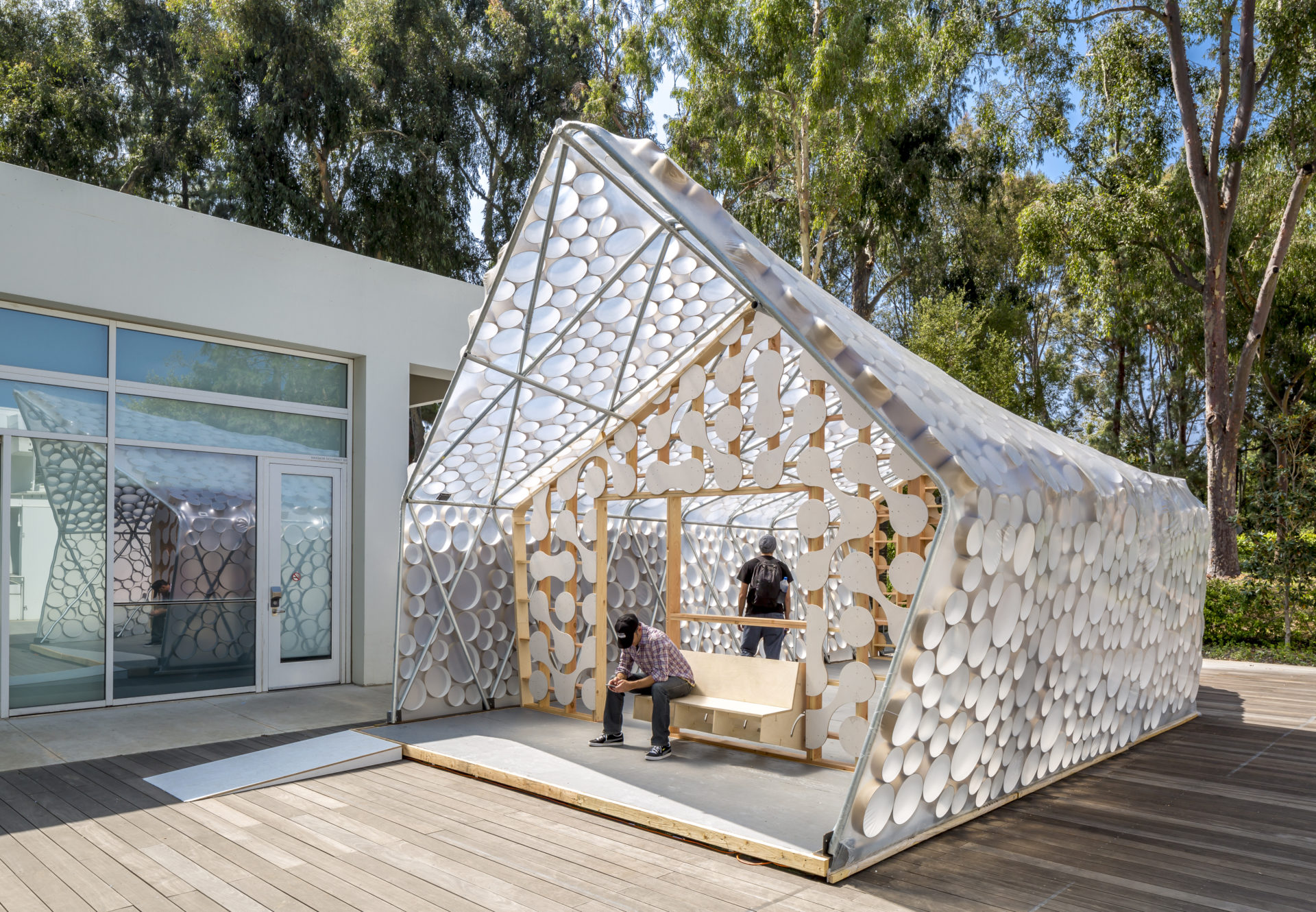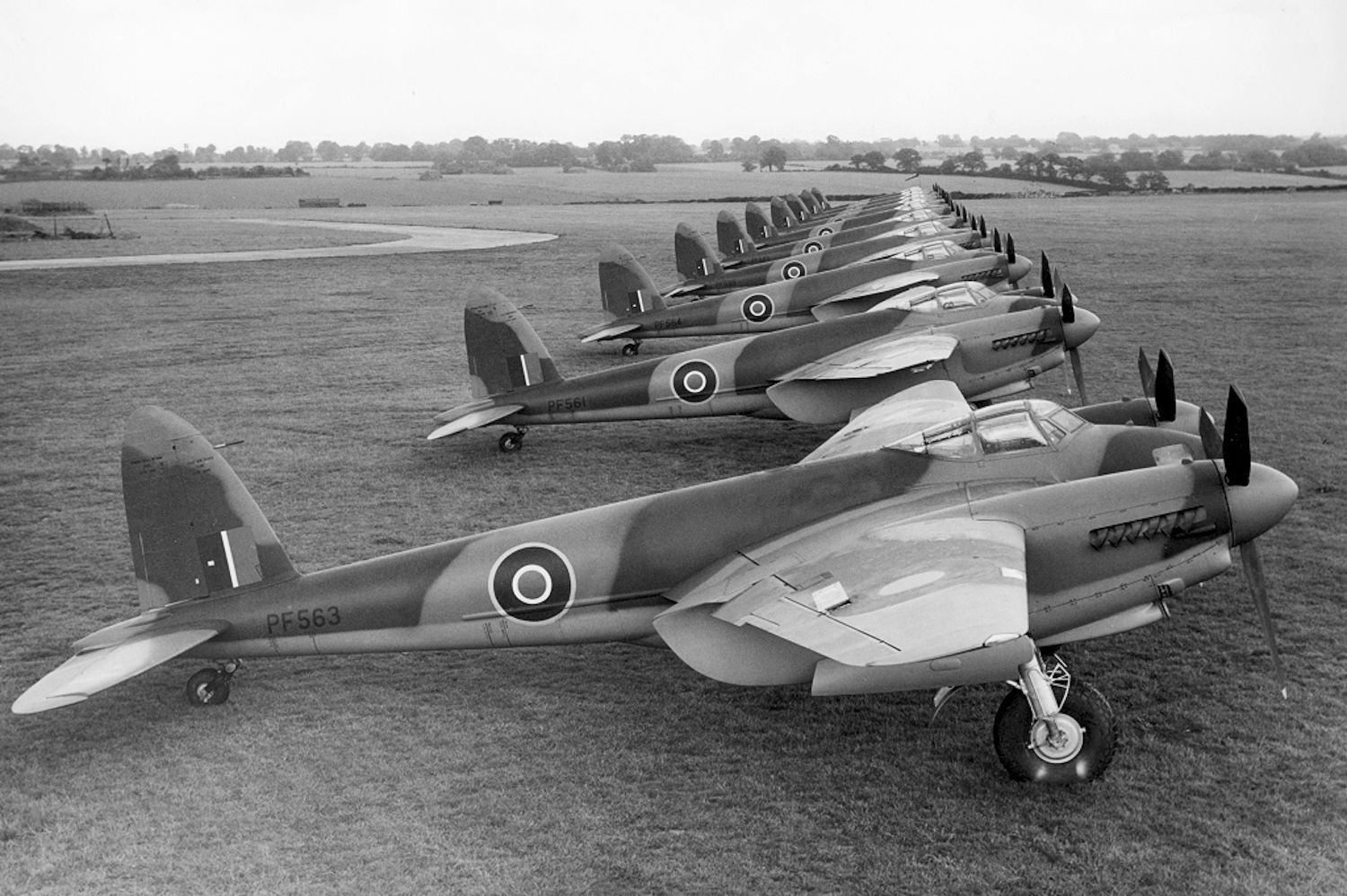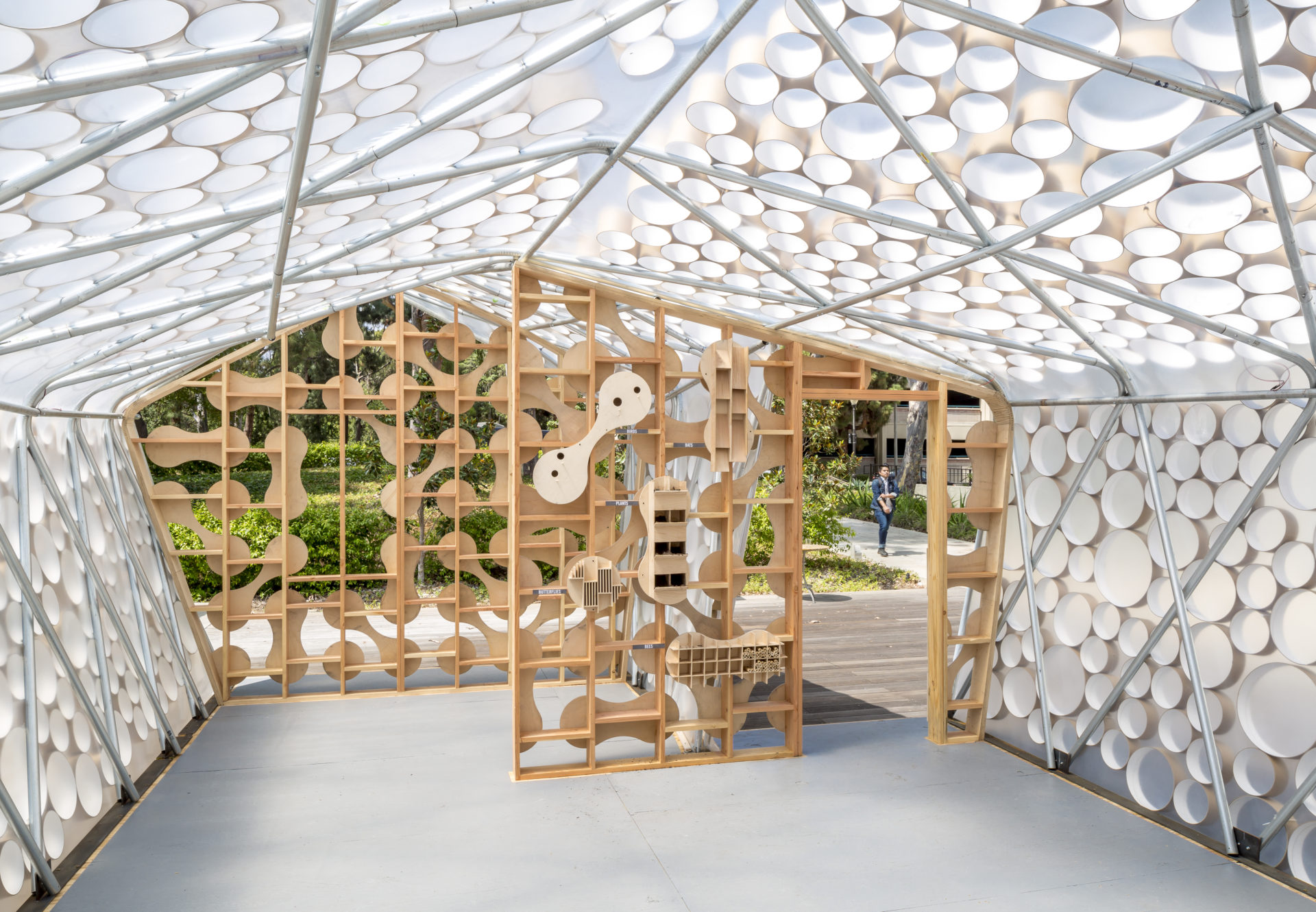The de Havilland DH.98 Mosquito is a British twin-engined, shoulder-winged multirole combat aircraft, introduced during the Second World War.
Innovation in Construction: Mosquito Plane
kdA considers the following to be the characteristics of an innovative building:
- Fundamentally synthetic
- Extension of specific and directed research
- Must be implemented
In response to site limitations and program requirements, one construction strategy kdA frequently considers is to design around a high-performance timber shell and a structural core.
This concept has been explored in previous work and is inspired not by a building but rather a historic airplane: the de Havilland Mosquito, a British twin-engine combat aircraft used in WWII constructed mostly of wood. Designed with a timber shell, the Mosquito could reach an airspeed of over 400 mph, making it the fastest combat aircraft possessed by any nation in the early years of the war.
We admire the high-performance aspects of that project and are inspired to infuse even our densest work with this sense of lightness.

The Backyard BI(h)OME is an ultra-modern, lightweight accessory dwelling unit initiated by UCLA’s CityLAB and designed by kDA. In 2018 the project received an AIA National Honor Award.

The Backyard BI(h)OME is an ultra-modern, lightweight accessory dwelling unit initiated by UCLA’s CityLAB and designed by kDA. In 2018 the project received an AIA National Honor Award.
Principal Kevin Daly, in his practice as an architect and through a parallel academic career, has experimented with these principles in the AIA National award-winning project BI(h)OME, a UCLA CityLAB initiated Accessory Dwelling Unit design and prototype. The structure is defined by its reduction in material intensity. Students at UCLA’s School of Architecture were greatly involved with every stage of this project, and we are proud that they were able to work on a national award-winning project before even finishing their degree.



